Table of Contents
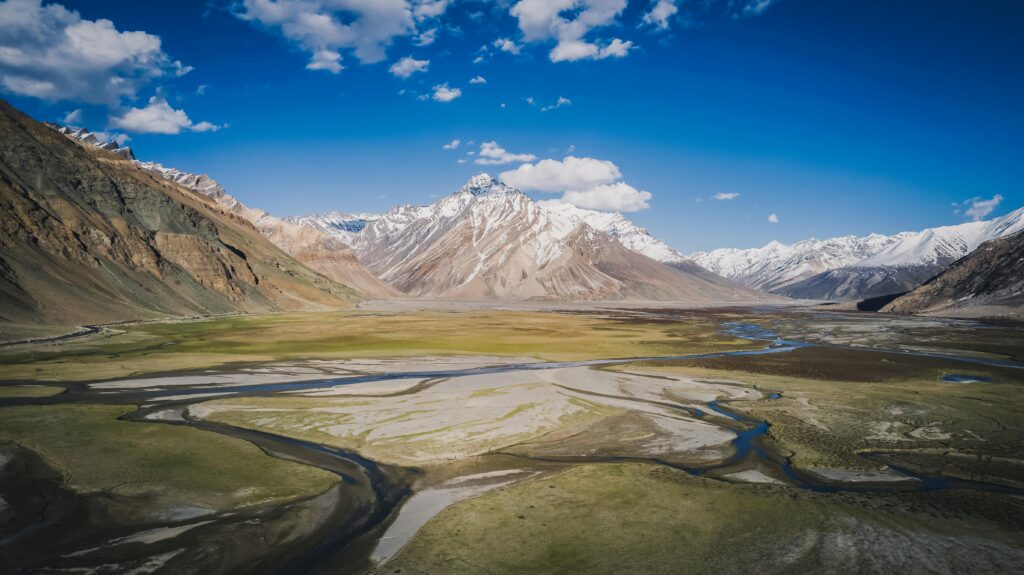
Sonam Wangchuk’s 21-day fast concluded recently, drawing attention to the Ladakh protests. The protesters’ primary demands centre around statehood and inclusion in the sixth schedule. The ‘Tribal’ status under the Sixth Schedule of the Indian Constitution allows the formation of autonomous administrative divisions with legislative, judicial and administrative autonomy within the state.
On the surface, these protests might seem entirely political. But, Wangchuk termed his resistance the “Ladakh climate fast”. So, what is the climate angle?
Ladakh’s fragile ecosystem
To understand the ecological angle, one must understand why the Ladakh ecosystem needs protection.
Ladakh’s climate ranges from cold and semi-arid to a polar-like tundra. The dry desert coupled with temperatures reaching as low as -25 C allows only scarce biodiversity. Whatever hardy little plants and animals are found have slow renewal rates. Think of it this way, if you were constantly under stress and struggling to survive, your primary focus wouldn’t be on producing offspring, would it? Such is the case with the flora and fauna in Ladakh that are in survival mode perpetually, limiting growth and reproduction. This slow renewal rate makes Ladakh very vulnerable. If Ladakh were to face the same ecological disturbances as more hospitable regions like Uttar Pradesh, Ladakh would take much longer to recover than the fertile, perennial plains.
In addition, Ladakh’s ecosystem has a limited carrying capacity, meaning the environment can only handle a certain amount of development and human activity. It is finely tuned to support life in harsh conditions. So even minor disruptions could be disastrous.
Custodians of sustainability: Ladakh’s Indigenous community
A key demand of the Ladakh climate fast is to give autonomy to the tribes of the region. Tribal communities worldwide, exemplified by Ladakh with its nearly 97% indigenous population, have demonstrated remarkably sustainable ways of living in harmony with their environment. Even the UN emphasises the importance of using indigenous knowledge for nature conservation.
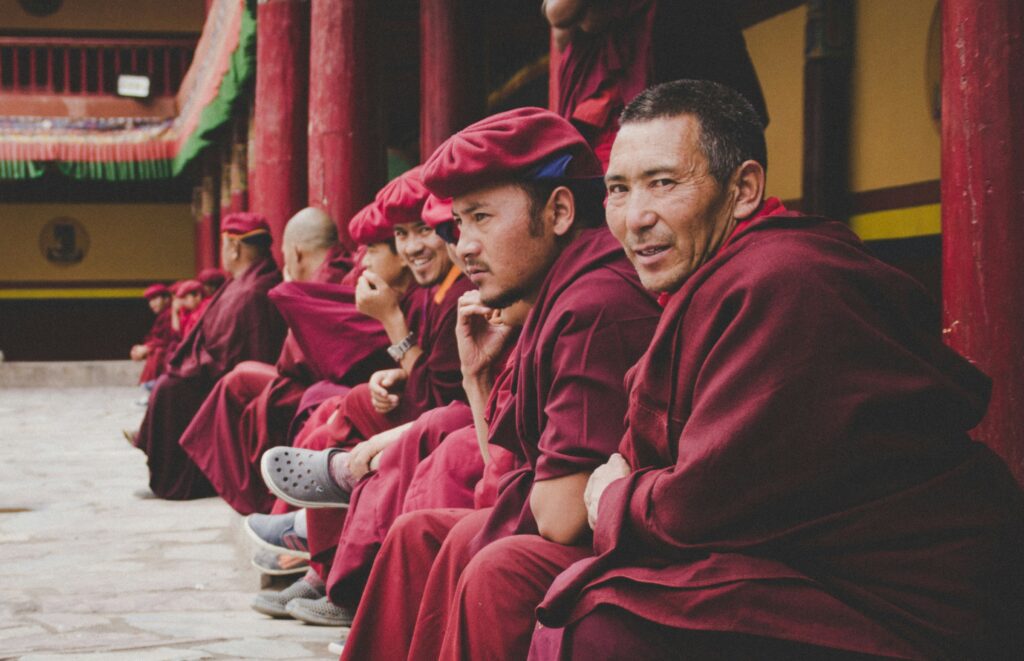
The Changpa’s sustainable grazing traditions
The Changpas are a pastoralist community found mainly in the Changtang region of Ladakh. This community practises rotational grazing. In this indigenous system, the pastures are divided into sections and cattle are limited to one section of the pasture before moving on to another. This allows the previously grazed area to recover naturally, supporting the long-term viability of their herds and pastures.
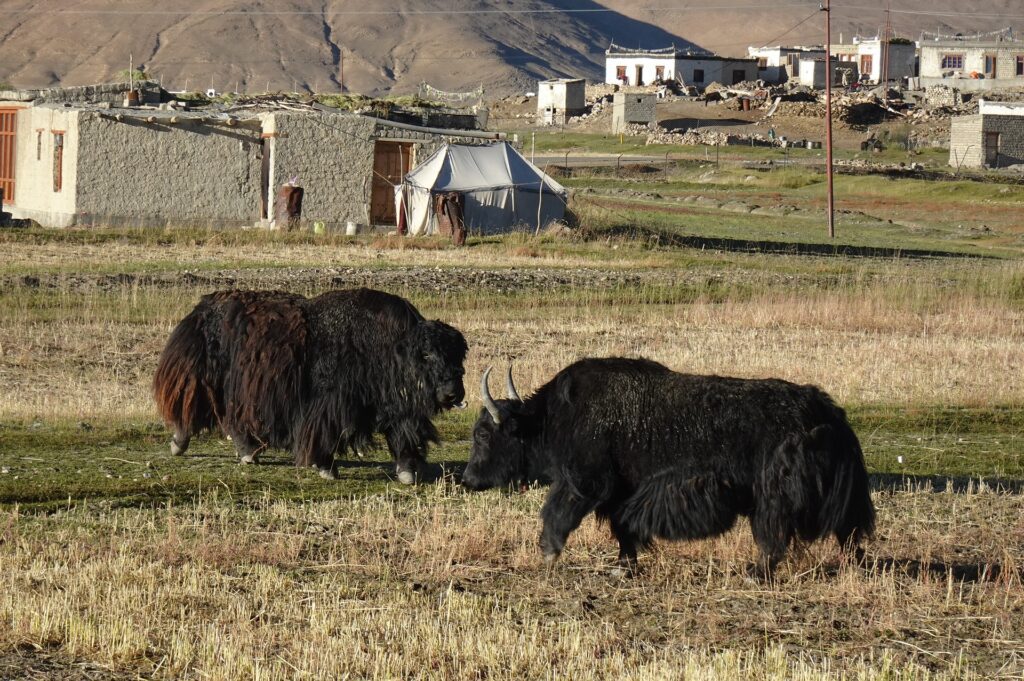
The community also limits the number of cattle and pasture land assigned to each family, which ensures that the pastures aren’t overgrazed.
The Changpa community believes that guardian spirits reside in the landscape. These beliefs show that their responsibility towards nature is instilled deep in their culture.
The vegan Brokpas!
The Brokpas are a small ethnic community living in the Dah and Hanu villages of Ladakh. Traditionally, the Brokpas had been following a vegan diet even before “going vegan” was trendy. This was for reasons likely linked to their Buddhist beliefs emphasising non-violence and the challenging Himalayan environment where dairy farming wasn’t as feasible. The Brokpas mastered the art of cultivating crops that could withstand the altitude. Their diet revolved around hearty grains like barley, along with fruits like apples and apricots, and the humble potato, which flourished in the cool mountain air. Estimates suggest this vegan tradition has endured for a remarkable 2,000 to 5,000 years.
However, things have changed since climate change has impacted crop yields, forcing some Brokpas to incorporate animal products back into their diet. This shift highlights the delicate balance between cultural traditions and the evolving environment.
Stewards of wildlife: The Baltis
The Baltis are an ethnic group living in the Kargil district of Ladakh. The Balti culture demands that they take good care of wildlife. There are strict rules concerning hunting that they adhere to. For instance, they refuse to hunt female goats or sheep if their offspring is less than three years old. Hunting them during the mating season is also strictly forbidden. Hunting Ibex is off the table altogether as they believe these animals are owned by the Gods.
Generations of living in Ladakh have instilled a deep understanding of the region’s ecology in the Ladakhi indigenous people. This is why their voices are essential in shaping how Ladakh and its resources are managed — and that’s what the Ladakh protests are demanding.
Ladakh’s rampant development
Development — a word that is music to our ears — conjures up images of countless job opportunities, economic growth and improved infrastructure. It’s easy to be lured by the promise of progress. However, it’s crucial to acknowledge that development doesn’t serve anyone if it is invasive.
Ladakh is a region characterised by its fragile ecosystem and unique cultural heritage, The Ladakh climate fast draws attention to how shortsighted the rampant development is and may lead to irreversible harm.
Controversial development projects
According to an article by Scroll, the centre has approved several massive development projects since 2019. This surge includes over 29 road projects aimed at supporting tourism and trade, alongside a 13-megawatt renewable energy project. At first glance, it appears to be a sustainable path towards development for Ladakh — after all, 50% of Ladakh’s GNP comes from tourism.
It is also important to note, however, that tourism only employs 4% of working Ladakhis!
A study by researchers from Heidelberg University raises concerns about the potential pitfalls of centralised development projects in Ladakh. The lack of transparency in schemes like the Urban Infrastructure Development Scheme for Small and Medium Towns (UIDSSMT) suggests that these projects may potentially exacerbate regional inequalities, favouring areas with high tourist potential and neglecting the needs of other Ladakhi communities.
The geothermal energy initiative involves drilling deep into the Earth’s crust. This method, while potentially providing clean energy, would disrupt the local ecosystem and might even trigger earthquakes.
Another undertaking is the solar energy project which presents a different challenge. While solar panels offer a cleaner energy source, they are planned to be installed on pasture land, thus impacting the livelihoods of Ladakhi pastoralists.
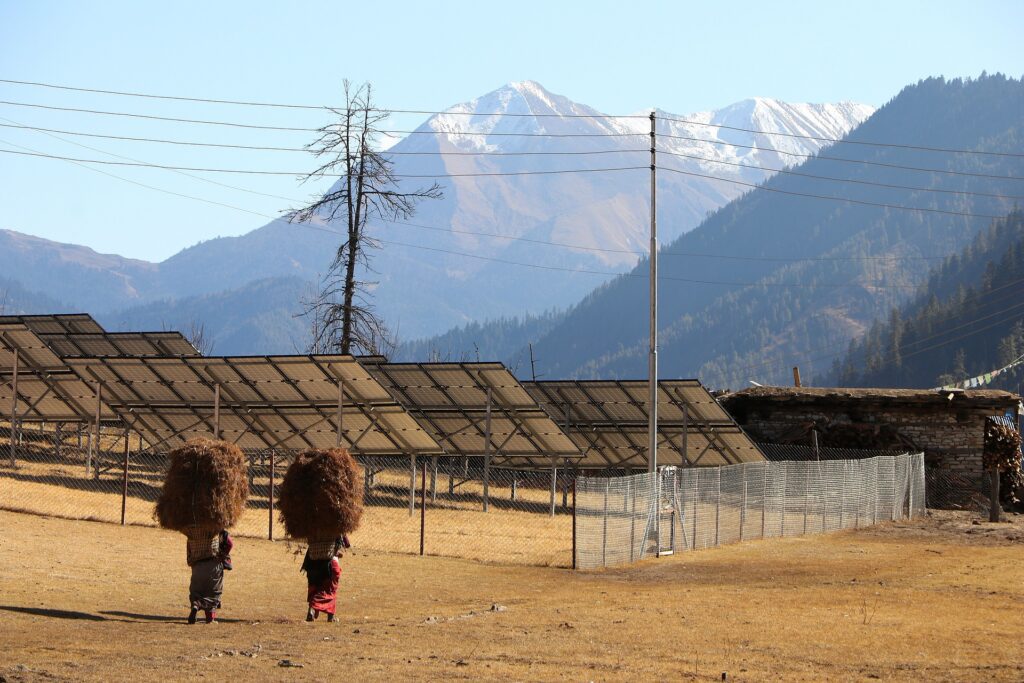
Furthermore, a growing reliance on solar energy has led to a decline in traditional building practices. Typically, Ladakhi homes used local, abundantly available materials like stone and pebbles for foundations. Walls were built with mud blocks constructed from local soil, and roofs were waterproofed with Markalak clay. However, the arrival of solar energy has ushered in a shift towards buildings that disregard traditional building principles. These new structures often replace time-tested materials with concrete — a material ill-suited for Ladakh’s harsh climate. It freezes and offers minimal insulation, creating discomfort for residents.
The sprawling local tourism industry needs regulation
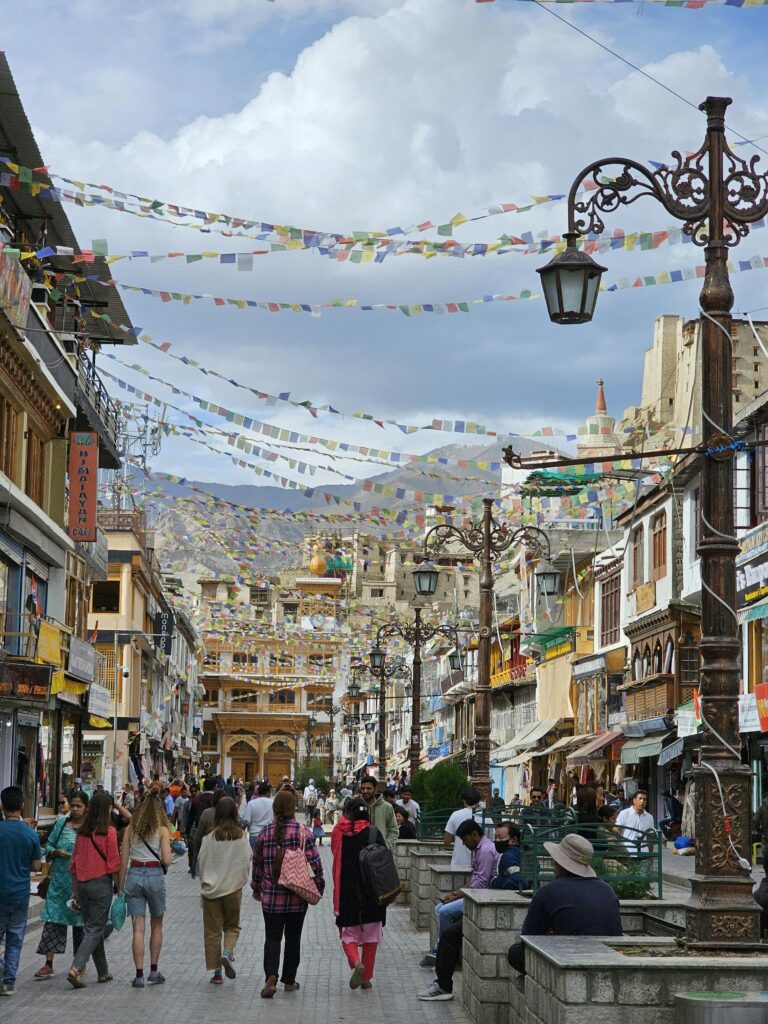
Along with the 29 road projects sanctioned to boost tourism, the Leh airport is also set to be upgraded. This is aimed at more than doubling the amount of passengers that it can support. Too much tourism can itself be detrimental since Ladakh has limited carrying capacity. Studies have concluded that tourism is the second major driver of urbanisation in Ladakh. Many new constructions, like hotels and restaurants, on formerly agricultural land cater to the tourism sector. With the rising number of domestic tourists, many new fancy hotels were opened and some existing hotels were reconstructed and expanded. Besides the construction of new houses inside and outside the cultivated area, already settled areas are suffering from densification and modernisation.
So, the Ladakh climate fast opposes development?
No, it’s not opposing development. It’s about ensuring that Ladakhis have a voice in the decisions shaping their homeland.
Generations of indigenous inhabitants have cultivated traditional ecological knowledge. This accumulated wisdom passed down through the ages offers invaluable insights into sustainable practices that are in tune with the region’s delicate ecosystem. The only way to address the development dilemma is to recognise the role of this traditional ecological knowledge in safeguarding Ladakh’s natural heritage for future generations.
Development cannot be so anthropocentric
Sonam Wangchuk on day 18 of the Ladakh climate fast
Ladakh’s well-being affects everyone — not just Ladakhis!
The delicate ecosystem of Ladakh directly impacts the lives of its 2.7+ lakh inhabitants. But the impact goes far beyond Ladakh’s borders. This region’s health is crucial for everyone downstream. Ladakh is home to several glaciers that sustain water resources for the rest of the country year-round. The unchecked human interference in Ladakh could affect water security, climate patterns and, ultimately, the well-being of millions. The Ladakh climate fast is a reminder that our interconnected world demands collective responsibility, and not shunning away from responsibility in the name of development.
Glossary
Word: Ibex
Sentence within the article: Hunting Ibex is off the table altogether as they believe these animals are owned by the Gods.
Meaning: A species of wild goat inhabiting mountains, distinguished by the male’s large recurved horns, which are transversely ridged in front.